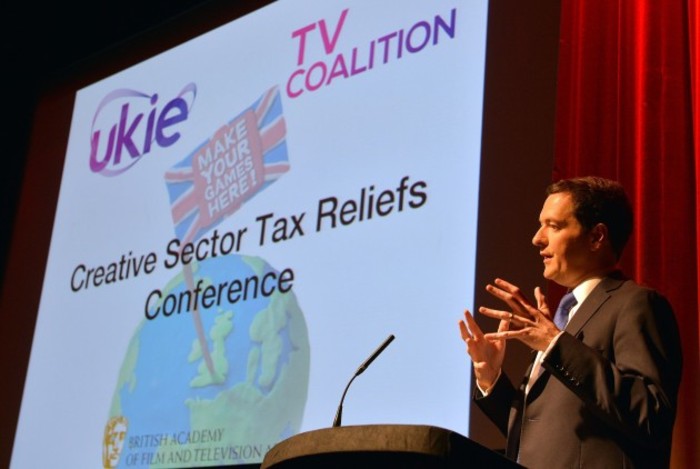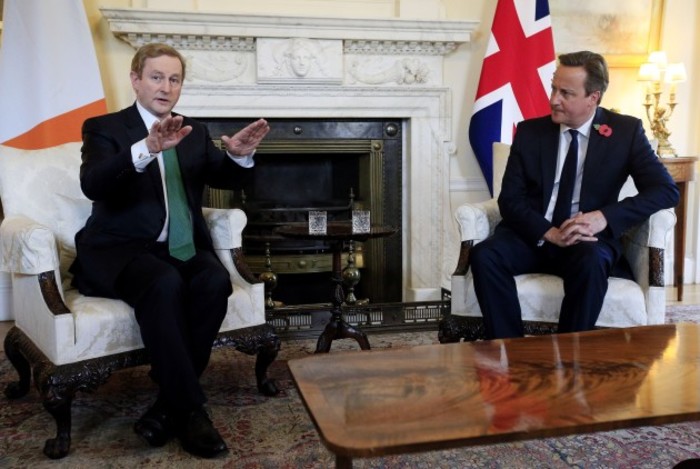Ireland relies the most on low taxes to lure firms from outside the EU
But new research warns investment will take a hit as the UK makes its rates more competitive.
IRELAND IS MORE dependent on low taxes to attract firms from outside the EU than any other country in the trade bloc.
But the nation’s ability to attract foreign companies will take a significant hit as the UK lowers it corporate tax rates.
New research from economic think-tank the ESRI found that, everything else being equal, a lower tax rate across the Irish Sea would make the Republic a less-desirable destination for investment – particularly for firms from outside the EU.
A one percentage point cut in the UK’s headline rate from 20% to 19% would make Ireland more than 4% less attractive for foreign direct investment projects from outside the bloc, the article said.
“The results of this analysis indicate that Ireland and the UK are perceived to be similar as alternative locations for FDI in particular by investors from outside the EU and in services.”
The UK government plans to slice its headline rate from 20% this year to 17% by 2020, while Ireland’s much-publicised rate sits at 12.5%.
The ESRI researchers didn’t model how investment was likely to be affected if the UK voted to leave the EU, however it’s possible the country’s government will bring in further incentives in an attempt to offset the negatives of exiting the common market.
 UK chancellor George Osborne
UK chancellor George Osborne
Tax-dependent
The article said Ireland was the EU country that was most sensitive to any changes in its company tax rate when it came to investments from outside the region.
A one percentage point lift in the statutory rate to 13.5% would make the country 4.6% less likely to attract new investment from outside the EU, the research said.
The ESRI research found there were other, more important factors besides low tax rates that were more effective in making a country an attractive overall destination for foreign projects.
They included the potential in the target nation’s home market, whether two countries share the same language and proximity.

The likelihood of inward investment was negatively linked to GDP per capita – suggesting that, on average, low costs were more attractive than high skills.
That finding came with the caveat that once the intensity of research-and-development being done in a country crossed a set threshold, a destination became a progressively more attractive place for foreign firms to set up.
Companies from within the EU were also more interested in costs and other factors besides tax rates when it came to deciding where to set up operations.
“From a policy perspective, in the context of increased international tax competition, policies aimed at maintaining cost competitiveness and fostering further R&D investment would be beneficial for Ireland’s attractiveness to (foreign companies),” the article said.
Ireland was the second-biggest destination for US investment between 2008 and 2014, behind the Netherlands, although the UK is not far behind in third.
Meanwhile, around four-fifths of Ireland’s corporate tax take last year came from multinationals. The OECD recently warned the country’s policies were skewed too heavily towards tax breaks for foreign firms with not enough direct supports in places for domestic SMEs.






